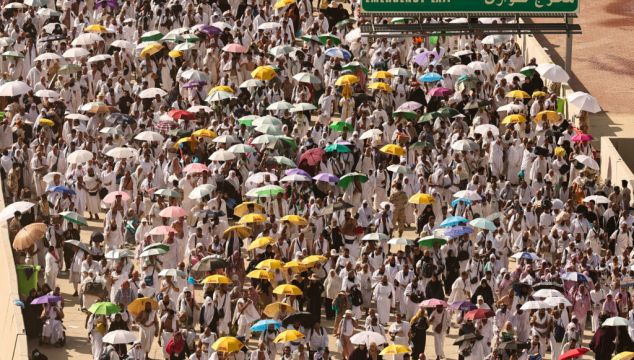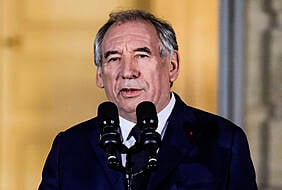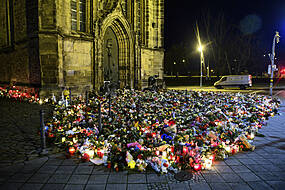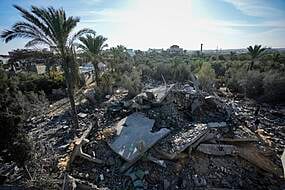The number of deaths during this year's hajj pilgrimage totalled 1,301 people, Saudi Arabia's health minister Fahad Al-Jalajel said on Sunday.
The minister, quoted by state television, said that deaths were caused by pilgrims "walking long distances under direct sunlight without adequate shelter or comfort".
Fatalities also included a number of elderly people and those suffering from chronic diseases. Some 83 per cent of the fatalities were among people who were not authorised to make the pilgrimage, he said.
Most of dead were Egyptians. Security and medical sources said on Sunday that the Egyptian death toll had risen to 672 and another 25 were missing.
A total of 236 Indonesians died, according to Indonesian government data, while India's External Affairs agency said 98 Indian citizens died during hajj.
Further deaths were reported by Tunisia, Jordan, Iran, and Senegal. Tunisian president Kais Saied sacked Brahim Chaibi, the minister of religious affairs, following widespread criticism after the deaths of dozens of Tunisians taking part in the Hajj pilgrimage, the presidency said on Friday.
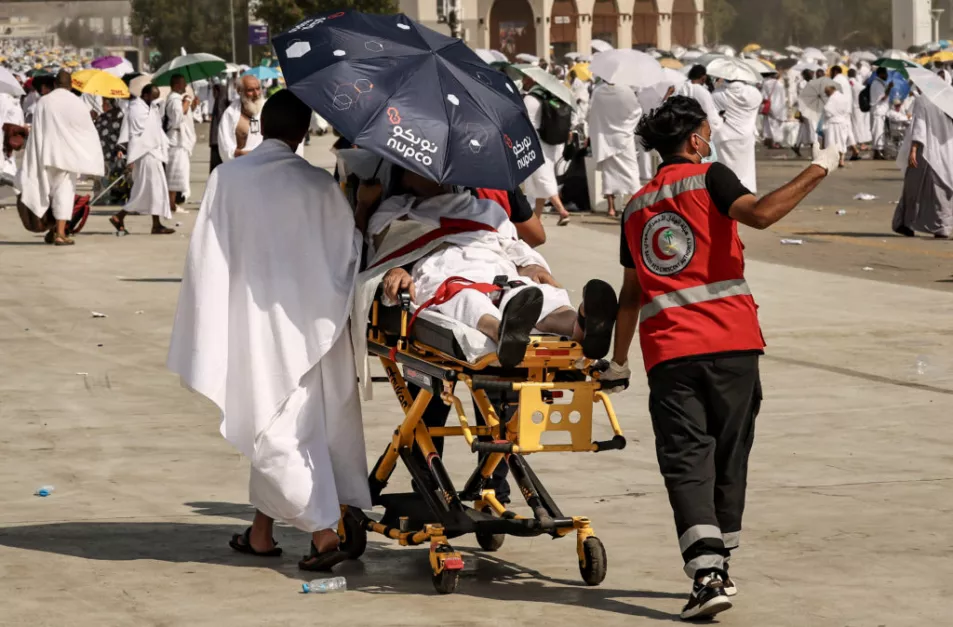
An Egyptian crisis unit tasked with investigating the situation said on Saturday it has suspended licences of 16 tourism companies and referred them to the public prosecutor, accusing them of being responsible for deaths it said were mainly among pilgrims not registered under the official system.
The unit said 31 deaths were confirmed as a result of chronic illness among officially registered pilgrims.
Climate scientists say the deaths offer a glimpse of what is to come for the tens of millions of Muslims expected in coming decades to undertake the hajj.
"The hajj has been conducted in a certain way for more than 1,000 years now, and it's always been a hot climate," said Carl-Friedrich Schleussner, a scientific advisor at German institute Climate Analytics. "But ... the climate crisis is adding to the severity of the climate conditions".
During the hajj to the Kaaba, a cube-shaped stone structure at the Grand Mosque, pilgrims perform religious rites as taught by the Prophet Mohammad to his followers 14 centuries ago.
Integral parts of the hajj, Schleussner said, such as the ritual climb of Mount Arafat, have become "incredibly dangerous to human health."
The timing of the hajj is determined by the lunar year, which sees the pilgrimage move back by 10 days annually. While the hajj is now moving towards winter, by the 2040s it will coincide with the peak of summer in Saudi Arabia.
"It is going to be very fatal," said Fahad Saeed, a climate scientist at Climate Analytics based in Pakistan.
Heat-related deaths along the hajj are not new, and have been recorded back to the 1400s.
A lack of acclimatisation to higher temperature, intense physical exertion, exposed spaces, and an older population makes pilgrims vulnerable.
Last year, more than 2,000 people suffered from heat stress, according to Saudi officials.

The situation will get much worse as the world warms, scientists said.
Saeed and Schleussner published a 2021 study in the journal Environmental Research Letters which found that if the world warms by 1.5 degrees Celsius above pre-industrial levels, heat stroke risk for pilgrims on the hajj will be five times greater.
The world is on track to reach 1.5 degrees Celsius of warming in the 2030s.
"People are very religiously motivated. For some of them, it is a once in a lifetime affair," Saeed said, as each country receives a limited number of slots. "If they get a chance, they go for it."
In 2016, Saudi Arabia published a heat strategy that included constructing shaded areas, establishing drinking water points every 500 metres, and improving healthcare capacity.
Saudi health authorities warned pilgrims to stay hydrated and avoid being outdoors between 11am and 3pm during this hajj.
Pakistani pilgrim Mustafa said he had to push his 75-year-old mother in a wheelchair. When they tried to rest, they were told by police to keep moving, he said.
"I was amazed to see that there were no efforts made by the Saudi government to provide any shelter or any water," Mustafa said.
An Egyptian medical source said the highest death tolls were among pilgrims who were not formally registered with hajj authorities and were forced to stay on the streets, exposed to heat.
Egyptian pilgrim Sameh Al-Zayni said he received water from Saudi authorities, and a witness saw Saudi police handing out water and spraying crowds to cool them down.
Spraying water is only effective at temperatures below about 35 degrees Celsius, scientists said. If temperatures are too high, spraying water does not help and can add to the risk in humid conditions when people struggle to shed heat through sweating. – Reuters
